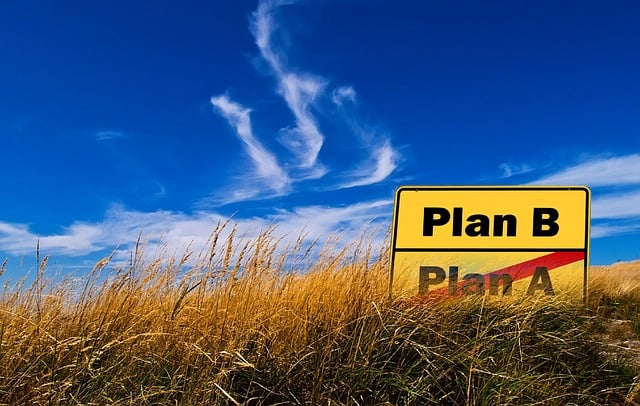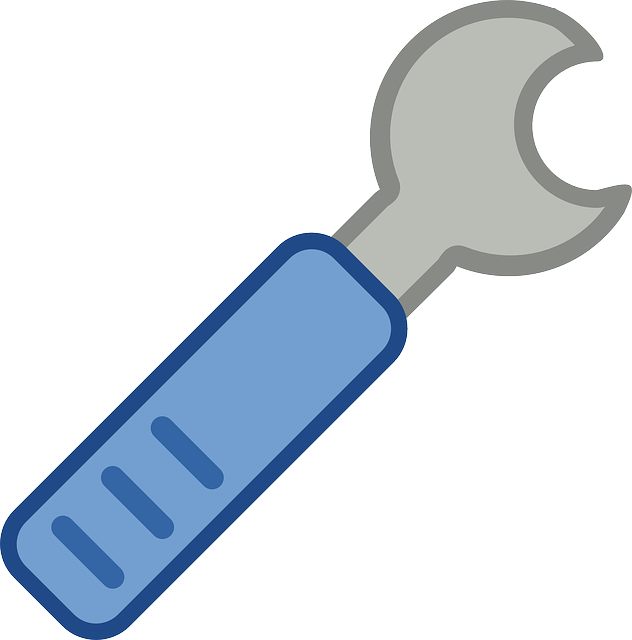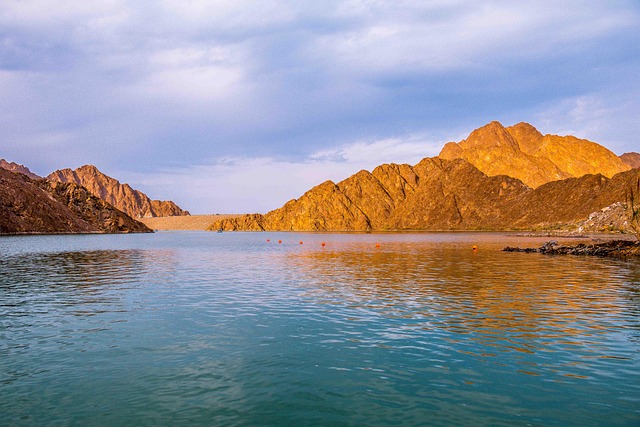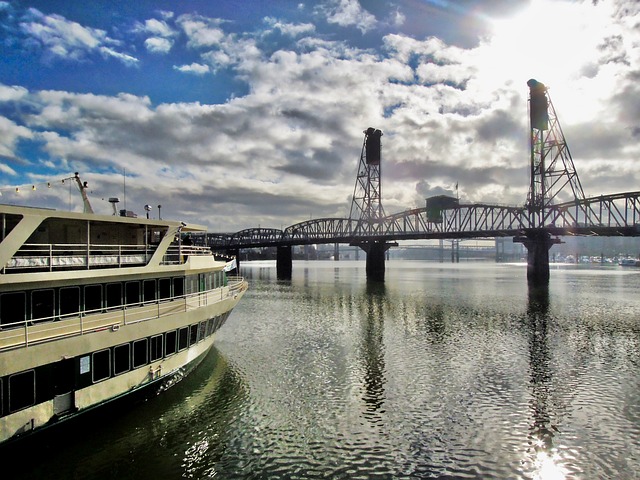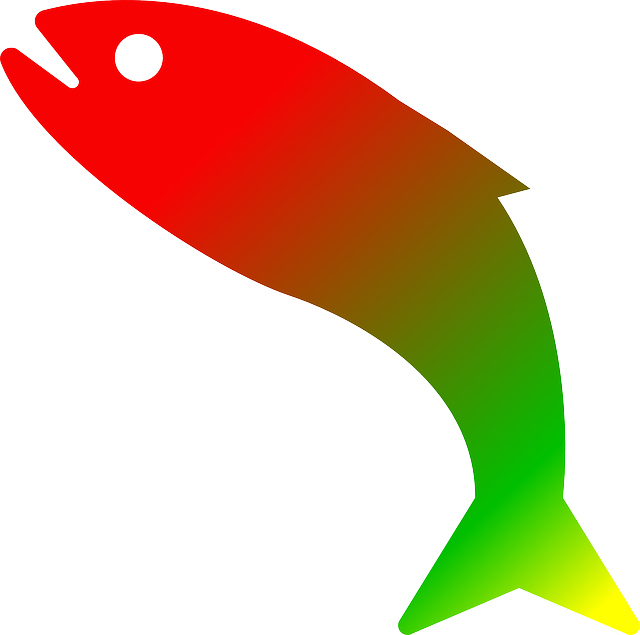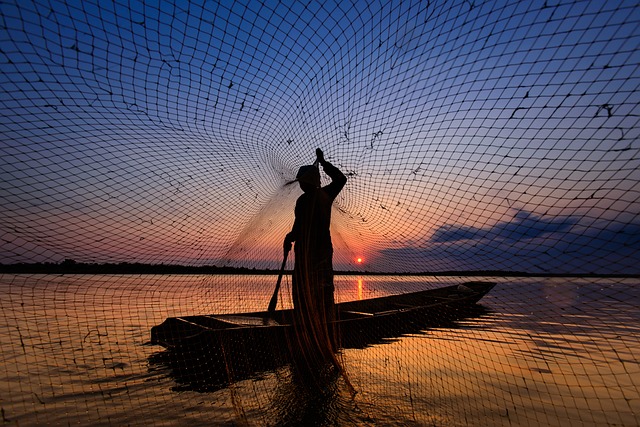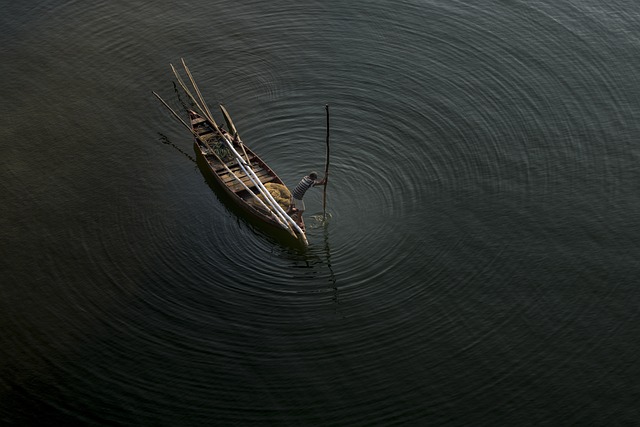The Upper Willamette River's diverse trout ecosystem attracts anglers due to its pristine environment and varied habitats. Conservation efforts focus on water quality, riparian protection, and sustainable fishing practices to preserve the river's biodiversity and ensure the long-term health of the trout population. Anglers should embrace ethical practices like catch-and-release with barbless hooks, proper handling, respect for catch limits, and adherence to regulations to maintain the river's ecological balance for future generations. Collaborative initiatives have restored habitats, improved water quality, and controlled invasive species, leading to healthier native trout populations.
Discover the allure of the Upper Willamette River, a premier destination for trout fishing enthusiasts. This scenic waterway boasts a rich ecosystem that supports vibrant trout populations. From understanding the river’s unique dynamics to adopting ethical fishing practices and exploring conservation initiatives, this guide covers it all. Learn how sustainable efforts are vital for preserving the Upper Willamette’s health, ensuring future generations can also enjoy its remarkable fishing opportunities while appreciating the region’s natural beauty.
- Understanding the Upper Willamette River Ecosystem
- Best Practices for Ethical Trout Fishing
- Conservation Efforts and Their Impact on River Health
Understanding the Upper Willamette River Ecosystem
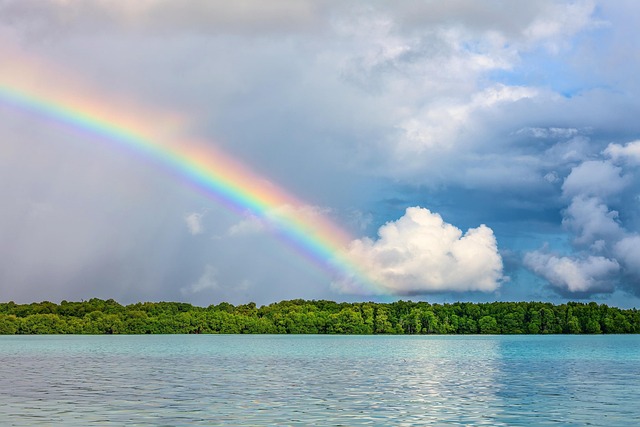
The Upper Willamette River, a vibrant and bustling ecosystem, offers anglers an exciting opportunity to catch trout in a pristine environment. This river system is renowned for its healthy population of native trout species, making it a top destination for fishing enthusiasts. Understanding the unique characteristics of this river’s ecosystem is key to successful fishing and conservation efforts.
The Upper Willamette River flows through diverse landscapes, from lush forests to rolling hills, influencing water temperature and current patterns. This variability creates various habitats, including shallow runs, deep pools, and scenic riffles, each attracting different types of trout. The river’s rich biodiversity supports a healthy food chain, ensuring robust growth and excellent survival rates for these fish. Conservation initiatives focus on maintaining water quality, protecting riparian areas, and managing fishing pressure to preserve this delicate balance, making it a sustainable paradise for both anglers and the local ecosystem.
Best Practices for Ethical Trout Fishing

When heading out for a day of trout fishing in the upper Willamette River, it’s crucial to prioritize ethical practices that support conservation efforts and ensure this precious resource remains vibrant. One key aspect is catching and releasing—a method that minimizes harm and allows fish to continue contributing to the river’s ecosystem. Using barbless hooks can make this practice easier, as they reduce the risk of injury to the trout.
Additionally, proper handling is essential. Wet your hands before touching a trout to prevent damage from dry skin, and support the fish horizontally with both hands or a net. Be mindful of water temperature—trout are more susceptible to stress in warm water—and avoid fishing during extreme conditions. Respecting catch limits and complying with local regulations further safeguards the river’s health, ensuring future generations can also enjoy the thrill of upper Willamette fishing conservation.
Conservation Efforts and Their Impact on River Health
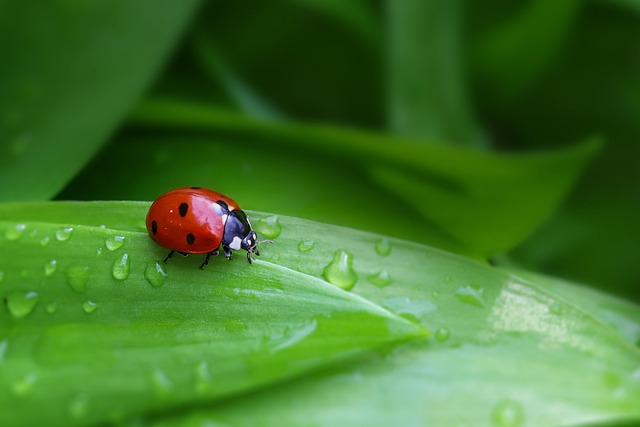
The health of the Upper Willamette River ecosystem is a top priority for conservationists and anglers alike, as it directly impacts the quality of the trout fishing experience. Conservation efforts have been focused on various aspects to ensure the river’s long-term sustainability. One key area is habitat restoration, which involves repairing damaged shorelines, enhancing riffles and pools, and promoting diverse vegetation along the riverbanks. These actions create ideal conditions for trout reproduction and feeding grounds.
Additionally, collaborative initiatives between local fishing communities, scientists, and government agencies have led to improved water quality monitoring and management. By reducing sediment runoff from nearby lands and controlling invasive species, these efforts aim to maintain the clean, clear waters that are vital for trout survival. The combined impact of these conservation strategies has been significant, resulting in healthier populations of native trout and a more robust overall river ecosystem.



